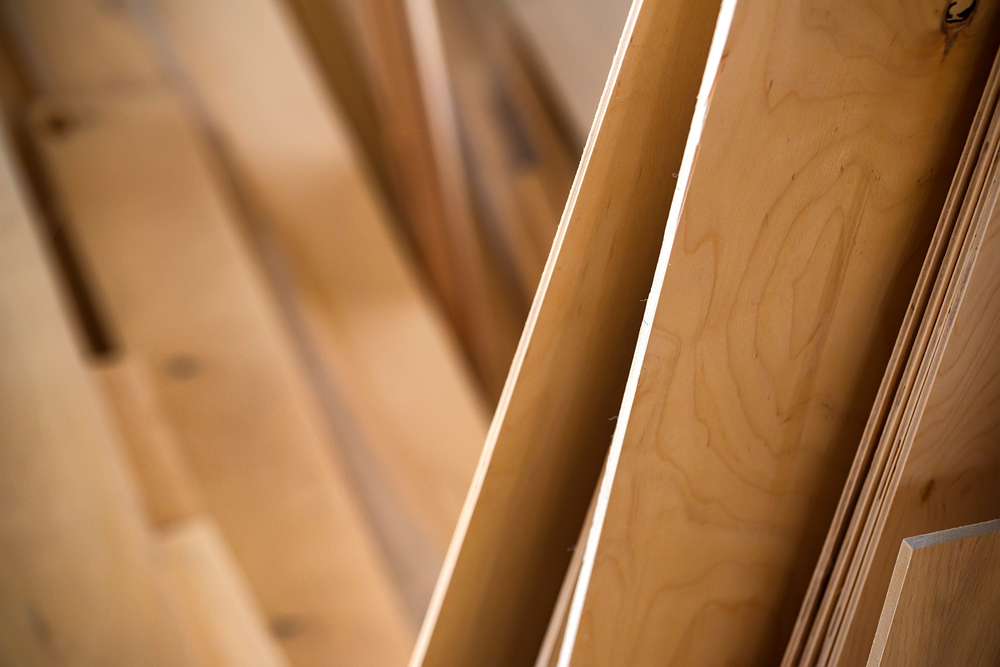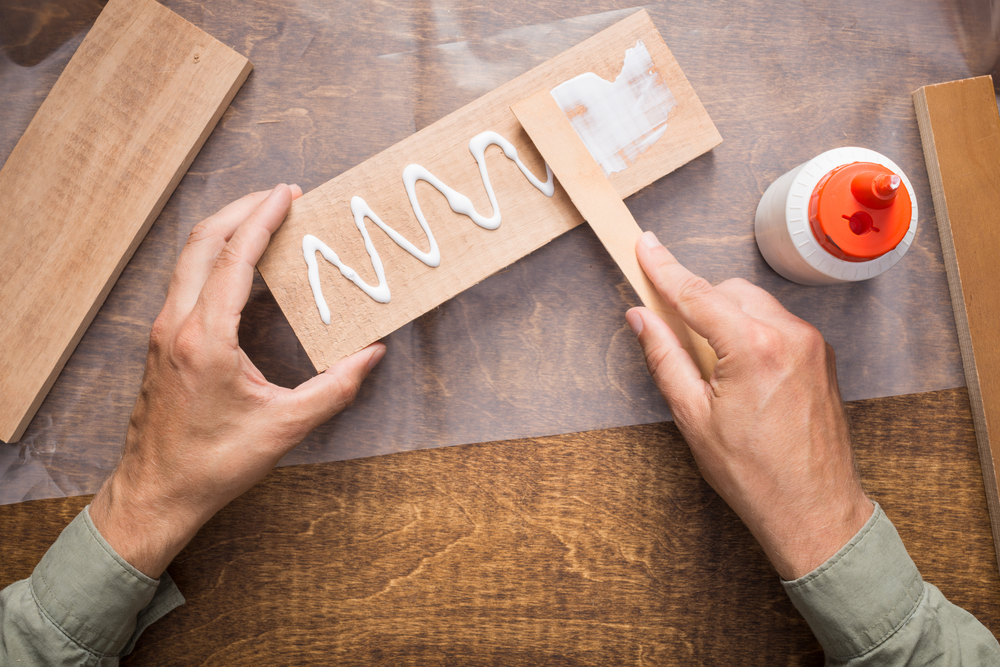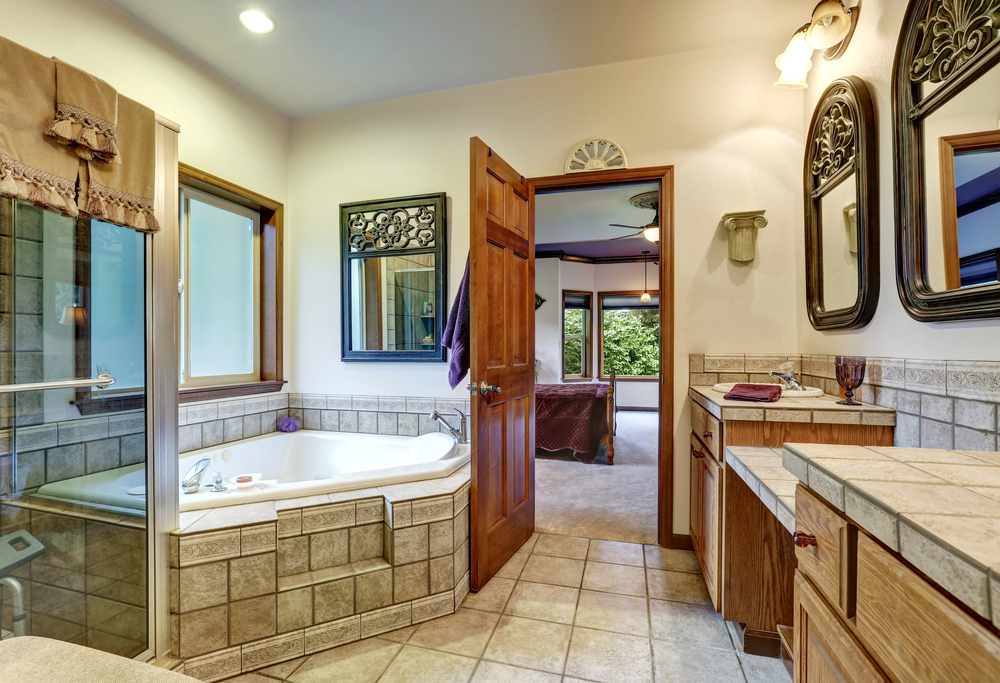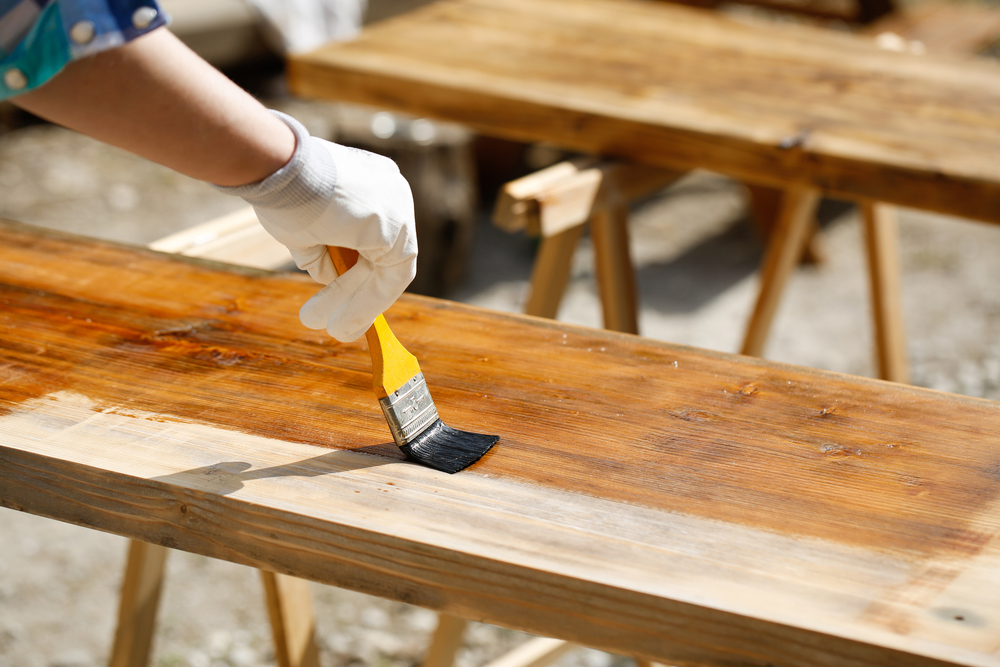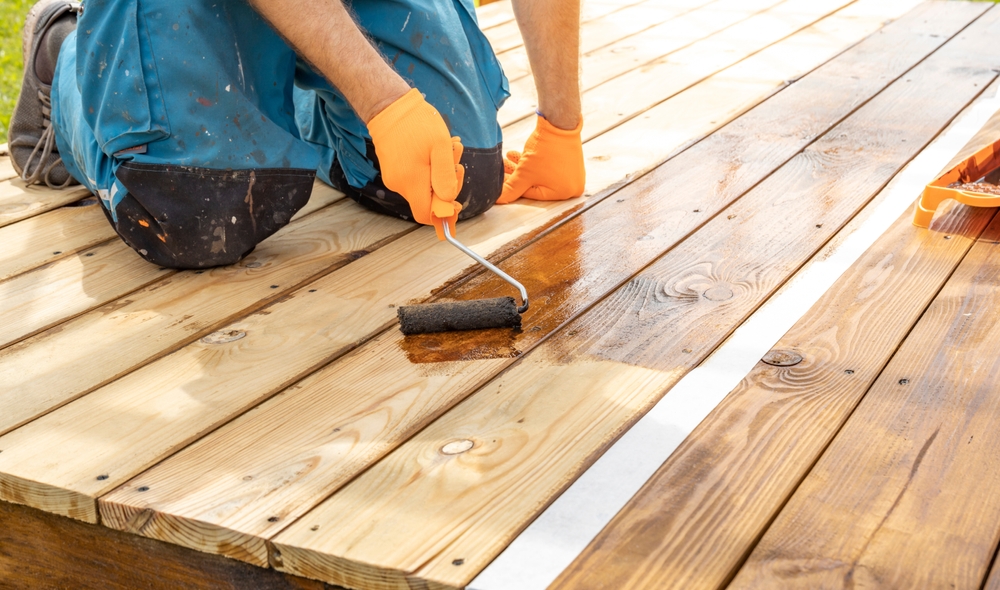Built-in Breakfast Nooks: Creating Cozy and Functional Spaces
Built-in Breakfast Nooks: Creating Cozy and Functional Spaces
A built-in breakfast nook can be a great addition to any home. It combines functionality with warmth, creating a cozy spot for meals and gatherings. Here’s a detailed look at what these nooks offer and how you can create one in your own home.
Origins and Appeal
Breakfast nooks date back to early 20th century homes. They feature prominently in craftsman and bungalow styles of that era. These spaces offer a quaint alternative to formal dining rooms. Homeowners appreciate their ability to make meal times more intimate.
Design Considerations
Before building a breakfast nook, consider the available space. This feature works best in kitchens or areas adjacent to the kitchen. Measure your area carefully to ensure the nook fits comfortably without crowding the space.
Think about the seating arrangement. Common configurations include L-shaped, U-shaped, and booth setups. Choose a style that accommodates your household size and usage patterns.
Seating Options
Seating should be practical and comfortable. Built-in benches offer storage solutions underneath the seats. Add cushions or custom upholstery to make the benches inviting. If you opt for chairs, ensure they are lightweight and easy to move.
- L-shaped benches maximize corner spaces
- U-shaped benches create a more enclosed feel
- Booth seating mimics the feel of a cozy diner
Table Choices
The table is the centerpiece of any breakfast nook. Choose one that complements the seating arrangement. For L-shaped and U-shaped seating, rectangular or oval tables work well. Round tables fit neatly with booth seating.
Consider the table height. Standard dining tables are around 30 inches high. However, you might opt for a slightly lower table if your seating is closer to a bench height.
Lighting and Ambiance
Proper lighting sets the mood for your nook. Natural light works wonders, so position the nook near a window if possible. Pendant lights or small chandeliers add character and focus light on the table. Use dimmable fixtures for more control over the ambiance.
Decor and Personalization
Customize your breakfast nook to reflect your personality. Use color schemes that match the rest of your kitchen. Add throw pillows and cushions for comfort. Incorporate plants or flowers for a touch of nature.
Consider a built-in bookshelf or display nook above the seating area. This adds storage and allows you to showcase décor items or cookbooks. Personal touches make the space more inviting.
Storage Solutions
Incorporate storage in your nook for added functionality. Under-seat storage is handy for items like table linens and board games. Shelving units nearby can hold dishes and food items.
Consider built-in drawers if space allows. These can be useful for storing cutlery or other dining essentials. Effective storage keeps the nook tidy and functional.
Material Choices
Select durable materials for your breakfast nook. Kitchens are high-traffic areas, so durability is key. Hardwoods like oak or maple are excellent choices for benches and tables. High-quality upholstery fabric will withstand daily use.
Use materials that are easy to clean. Vinyl and leather are good options for bench cushions. Opt for a tabletop surface that resists staining and scratching. This ensures your breakfast nook remains in good condition with minimal effort.
Planning and Installation
Start with a clear plan, including measurements and design elements. Consult with a contractor if your design is complex. Ensure the structure is sturdy and can handle daily use.
If DIY, consider prefabricated bench kits. They cut down on installation time and complexity. Follow manufacturer instructions carefully. Ensure all components are securely fastened.
Cost Considerations
Costs vary based on materials and design complexity. Custom-built nooks are more expensive but tailored to your space. DIY options are more affordable but require more time and effort.
- High-end custom designs can range from $5,000 to $10,000 or more
- Moderate custom builds typically cost between $2,000 and $5,000
- DIY projects can be completed for under $1,000
Space Utilization
Well-designed breakfast nooks make efficient use of space. They turn underused corners into functional areas. The built-in seating frees up room for movement in the kitchen.
Combining seating and storage maximizes utility. Clever design ensures that no space is wasted. This is especially beneficial in smaller homes or apartments.
Enhancing Home Value
Adding a breakfast nook can increase your home’s value. Potential buyers appreciate functional and stylish additions. A well-executed nook can be a unique selling point.
Keep in mind that the nook should blend seamlessly with the overall home design. Mismatched styles can detract from its appeal. Quality craftsmanship adds to the perceived value.
Multifunctional Use
Breakfast nooks are versatile. Use them for dining, working, or socializing. They provide a casual space that complements the rest of the home.
Children can use the nook for homework. It can also be a great spot for casual coffee with friends. The multifunctionality makes it a valuable addition to any household.
Conclusion
Explore built-in designs and create your own cozy, functional space.

